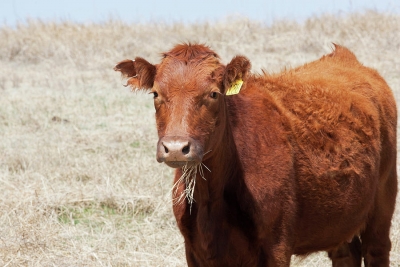Do plants and trees communicate with each other?

We tend to think of plants and trees as solitary beings. This may be due to the fact that they are in mobile and silent. We do not perceive them to be communicating with each other, the same way animals, birds and humans do (They do not moo, neigh or sing sweet songs to interact with their fellow beings. nor do they seem to share food like social animals and birds). But the reality is far from it. There is a busy networking going on right under your feet. Yes, underneath the forest floor, intertwined with the roots is a secret network of fungi through which plants and trees communicate and share nutrition with each other.
A majority of land plants live in symbiotic relationship with soil fungi. The fungi cannot photosynthesise, as they have no access to light or chlorophyll whereas the trees photosynthesise. Trees use the sun's energy to refashion carbon dioxide and water into sugar. Fungi get sugar and carbon from trees, and in return release nutrients such as phosphorous and nitrogen. as well as water collected from their environment) to the trees.
How do they do this? The fungi is made up of a mass of thin threads, known as mycelium through which they absorb nutrients from their environment. The roots of trees and mycelium join together to form the mycorrhizal networks. As fungi colonise many plants at the same time, the mycorrhizal networks connect individual plants and trees, forming a larger network. This network ferries nutrients and chemical signals (communication) between trees. They even connect trees that are miles away Ester Peter Wohlleben dubbed this Gennan forester network the woodwide web. "
Through this network trees also send distress chemical signals about drought disease or an insect attack. Other trees pick up these signals and increase their own resistance to the threat. A parent tree uses the fungal network to feed the seedlings that have sprouted under its shade. Researchers have found how old trees are able to survive with resources from younger ones.
A fungal network also boost the host plants immune system because when a fungus colonises the roots of a plant it triggers the production of defence-related chemicals in plants. Simply plugging in to mycelial networks makes plants more resistant to disease.
Picture Credit : Google
